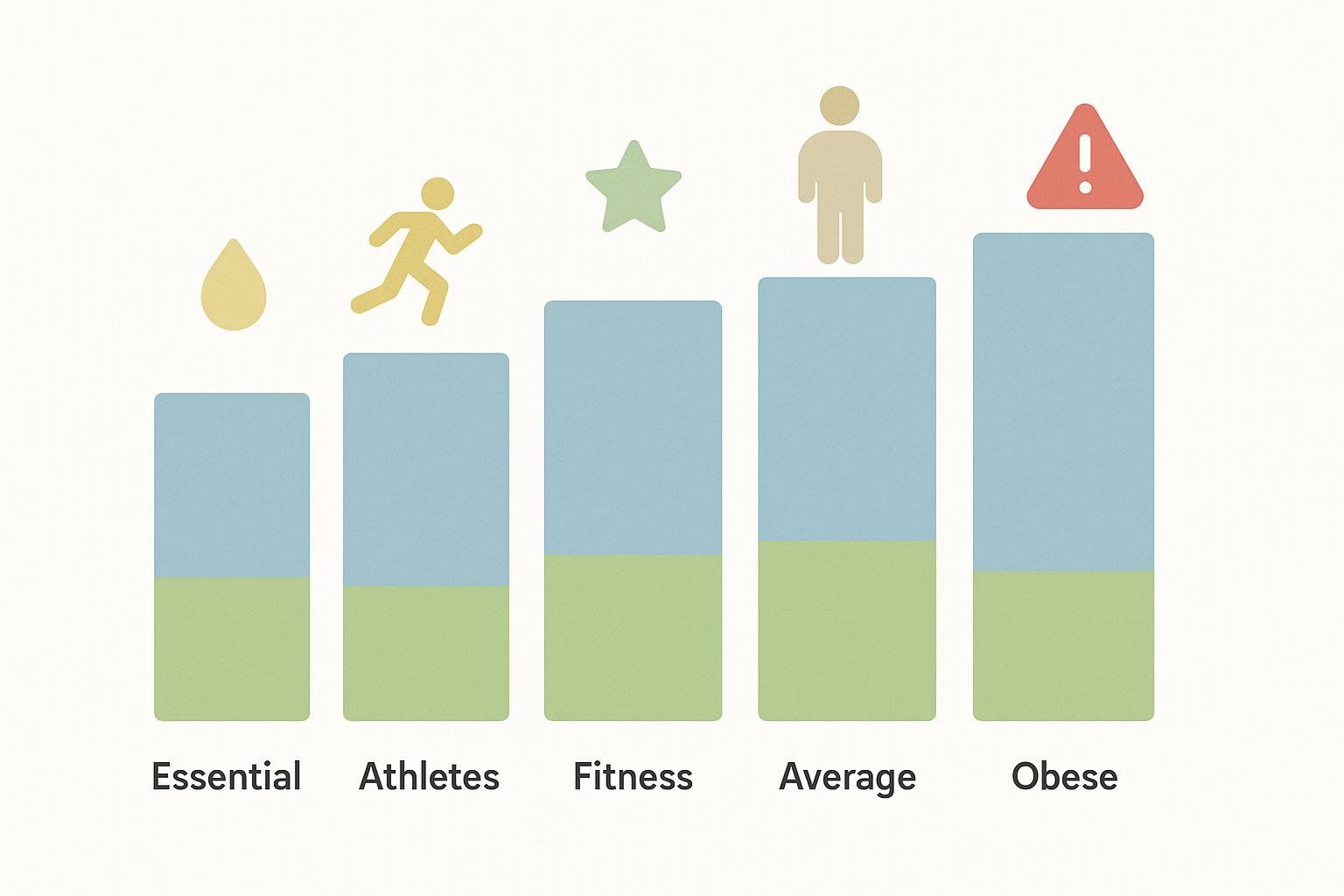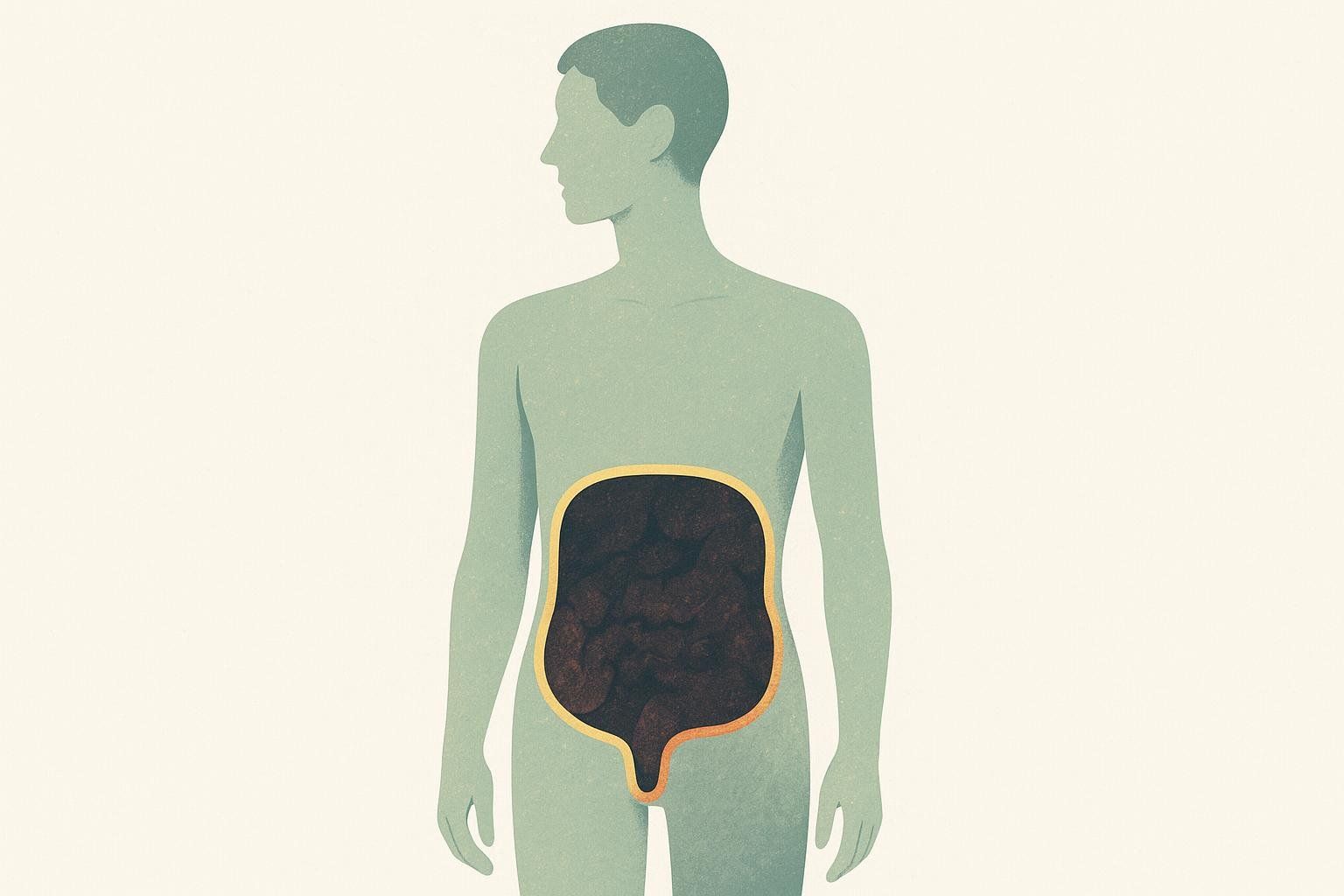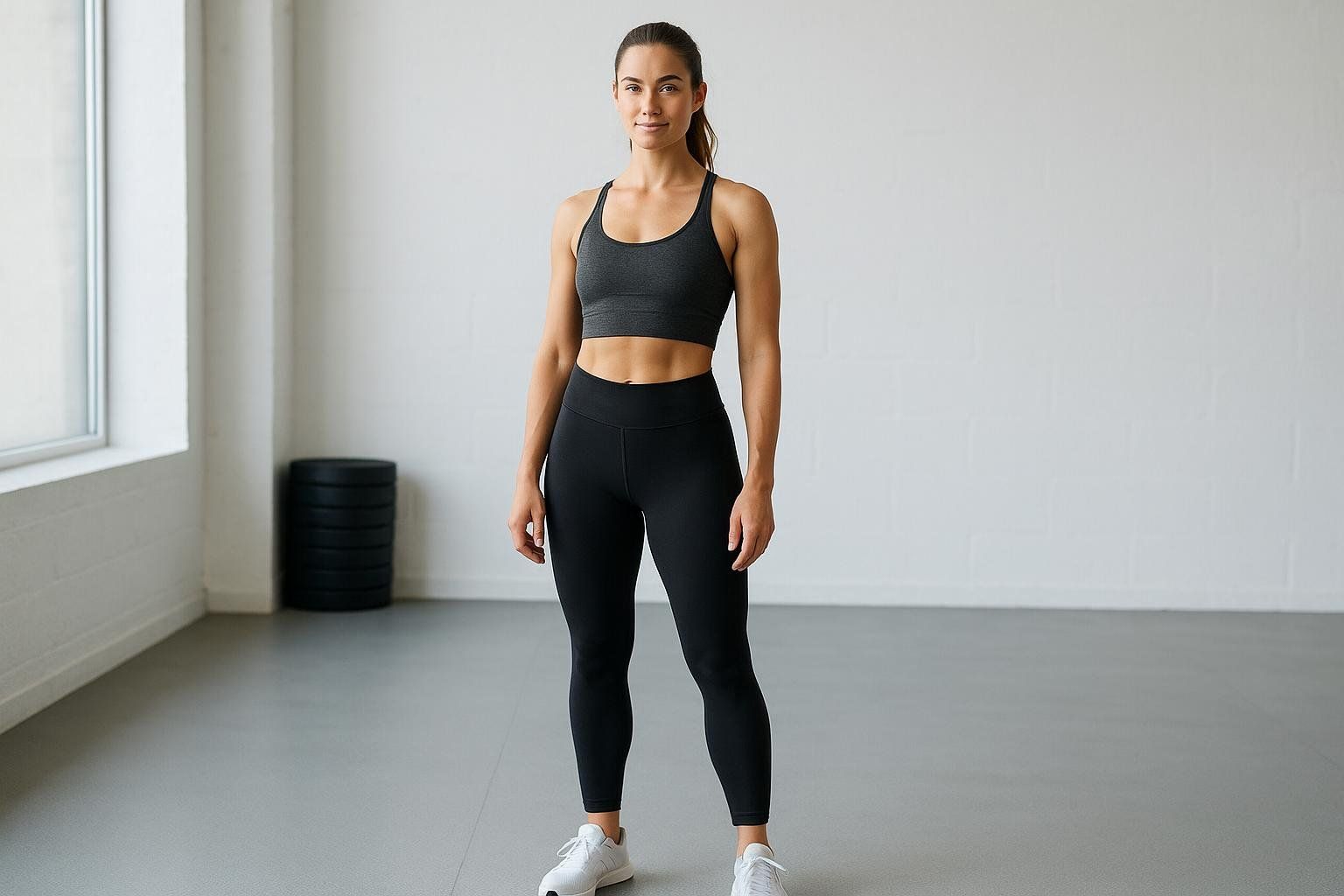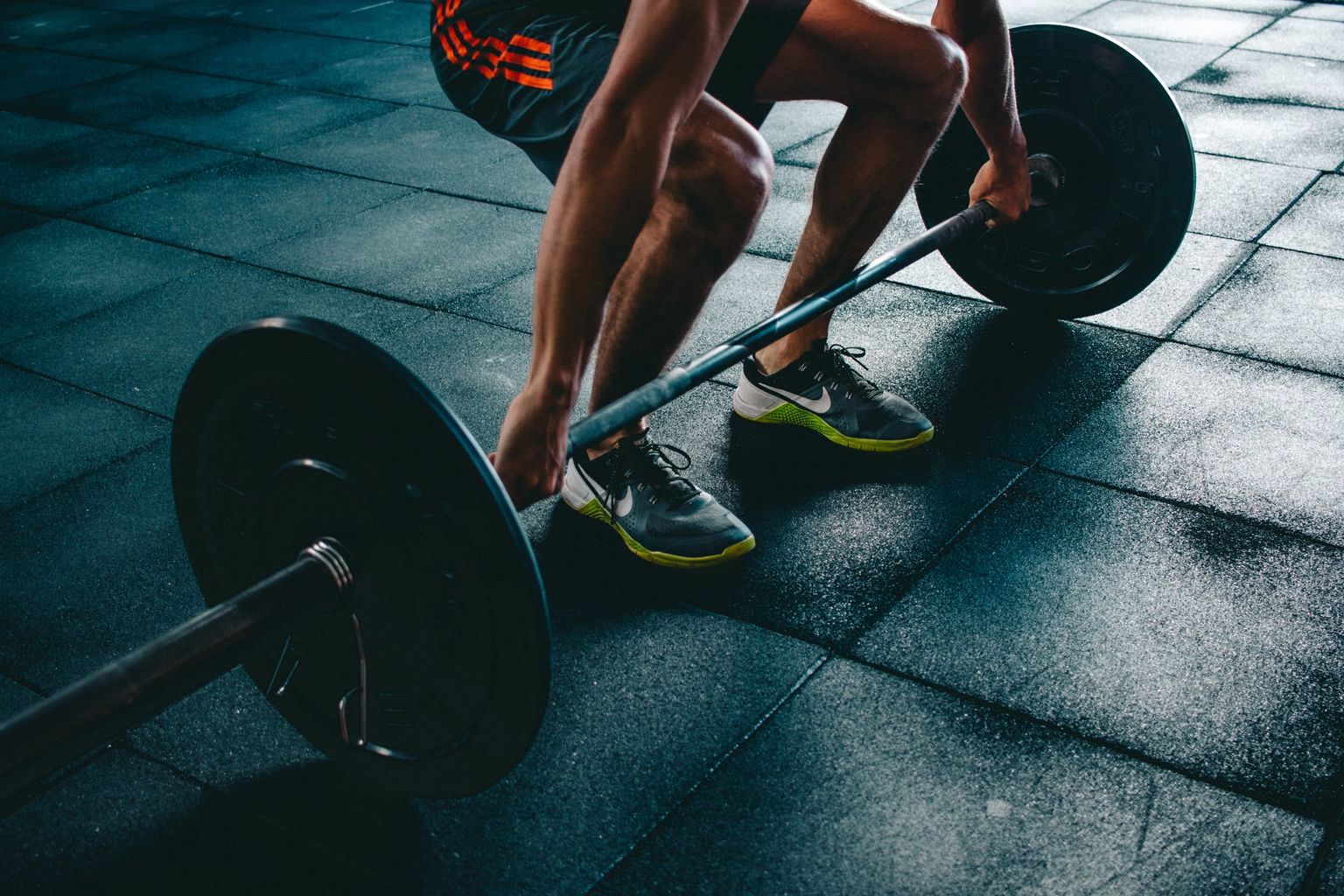What is a Healthy Body Fat Percent?

What Is a Healthy Body Fat Percentage?
Key Takeaways
- Body fat percentage (BFP) tells you what fraction of your weight is fat tissue—a far more precise metric than BMI for most people.
- Healthy ranges vary by sex, age, and activity level—women naturally carry more essential fat than men for hormonal and reproductive reasons (details below).
- For many adults, staying within the ACE “athlete” to “acceptable” bands (roughly 6–24 % for men and 14–31 % for women) supports good metabolic health. Check the full charts below for age-specific guidance.
- Too much or too little body fat is linked to cardiovascular disease, hormonal disruption, and loss of bone density (Harvard Health).
- Calipers, smart scales, and handheld devices can estimate BFP, but a DEXA scan remains the gold standard for accuracy and visceral-fat insight.
- Tracking BFP three to four times per year via the same method lets you see whether training and nutrition plans are working.
Why Body Fat Percentage Matters More Than the Bathroom Scale
Two people can weigh 180 lb yet look and perform entirely differently. That’s because the ratio of fat to lean tissue—not just body weight—drives metabolic health, longevity, and athletic performance. Prospective research shows that percent body fat predicts cardiometabolic risk factors more accurately than BMI in adults (Zeng 2012).

Healthy Body Fat Percentage Charts
Below are evidence-based reference ranges for healthy body fat percentage you can use as a starting point. Remember, genetics, sport demands, and personal goals all influence the optimal zone for you.
1. General Population Ranges (ACE Guidelines)
| Category | Women | Men |
|---|---|---|
| Essential fat | 10–13 % | 2–5 % |
| Athletes | 14–20 % | 6–13 % |
| Fitness | 21–24 % | 14–17 % |
| Acceptable / Average | 25–31 % | 18–24 % |
| Obese (increased risk) | ≥ 32 % | ≥ 25 % |
Source: American Council on Exercise

2. Age-Adjusted “Good Health” Zones
Source: Harvard Health, 2023 — values derived from NHANES cohorts
| Age Group | Women | Men |
|---|---|---|
| 20–39 yr | 21–32 % | 8–19 % |
| 40–59 yr | 23–33 % | 11–21 % |
| 60–79 yr | 24–35 % | 13–24 % |
Why does the range widen with age? Hormonal shifts (think menopause or declining testosterone), sarcopenia, and lifestyle changes tend to increase fat mass. The goal is to stay within the healthy band—not necessarily to chase collegiate-athlete numbers forever.
3. Sport-Specific Targets (Illustrative)
| Sport | Women | Men |
|---|---|---|
| Distance running | 14–20 % | 6–12 % |
| Cross-fit / Functional fitness | 18–25 % | 10–15 % |
| Powerlifting | 20–30 % | 15–25 % |
Sources: British Journal of Sports Medicine 2023 and NCAA Body-Composition Guidelines. Actual targets vary by program and athlete experience.
Why Healthy Ranges Differ for Men and Women
Many readers wonder why the “healthy” zone starts higher for women than for men. Three main biological factors drive the gap:
- Essential fat stores for reproductive health
Women need roughly two to three times more essential fat (10–13 % vs. 2–5 %) to support estrogen production, fertility, and the energy demands of pregnancy and breastfeeding (ACE). - Hormonal effects on fat distribution
Estrogen encourages subcutaneous (under-the-skin) fat storage—especially around the hips and thighs. Testosterone promotes greater lean-muscle mass and tends to concentrate fat viscerally around the abdomen in men. This distribution means women naturally carry a higher total fat percentage even when equally healthy (Karastergiou 2012). - Baseline lean-muscle mass differences
Men produce more testosterone, leading to greater skeletal muscle mass. Because muscle is denser than fat, this pushes men’s relative body-fat percentage downward for the same total body weight.
The takeaway: a woman at 24 % body fat and a man at 18 % can both be in excellent health. Comparing across sexes is a recipe for frustration—and sometimes unsafe dieting.
How Age Affects a Healthy Body Fat Percentage
Aging brings hormonal shifts and gradual muscle loss (sarcopenia) that make it tougher to stay in the same body-fat bracket you had in your 20s. Rather than chase a single number forever, focus on:
- Staying inside the age-adjusted healthy zones above.
- Keeping visceral fat (belly fat deep around organs) low—DEXA can quantify this.
- Maintaining or building lean-muscle mass through resistance training.
If your percentage creeps toward the top of your age band’s range, prioritize strength training, protein intake, and adequate sleep before resorting to extreme calorie cuts.
BMI vs. Body Fat Percentage: Why BFP Wins
BMI only divides weight by height; it can misclassify muscular athletes as “overweight” and older adults with reduced muscle mass as “healthy.” Body-fat percentage—especially when paired with visceral-fat scoring—better predicts metabolic syndrome and cardiovascular events (Zeng 2012). Our explainer offers a more detailed comparison: Why BMI falls short at measuring visceral fat.
Normal-Weight Obesity: The “Skinny-Fat” Trap
Up to one-third of adults who fall in the “healthy” BMI range (18.5–24.9) still carry excess body fat—especially around the belly. This pattern is called normal-weight obesity (NWO), and it’s anything but harmless.

Multiple cohort studies show that people with NWO have the same—or even higher—rates of insulin resistance, cardiovascular disease, and all-cause mortality as individuals whose BMI flags them as overweight (Bosomworth 2019; Jin 2023).
Quick self-check: If your waist circumference is more than half your height, or your DEXA scan shows a visceral-fat score above the healthy percentile, your metabolic risk may be elevated—even if your BMI is normal.
Strategies to correct the imbalance are covered in our guide: addressing the skinny-fat body type.
Which Body Fat Test Is Right for You?
Choosing a measurement method comes down to accuracy needs, budget, and convenience.
| Scenario | Best Method | Why It Fits |
|---|---|---|
| Budget under $50 and need quick trend check | Skinfold calipers or entry-level smart-scale BIA | Low cost, DIY, reasonable for tracking direction over time |
| Prefer at-home convenience & willing to spend $80–$150 | Wi-Fi smart-scale BIA | Automatic data logging; useful for daily trends, but accuracy varies with hydration |
| Want regional & visceral-fat data with ± 1–2 % accuracy | DEXA scan | Gold standard; differentiates visceral vs. subcutaneous fat and provides segmental lean-mass insights |
| Okay with lab visit; interested in body-density measure | Hydrostatic weighing or Bod Pod | Good accuracy but no regional or visceral details |
A comprehensive comparison of methods is available here: How to calculate body-fat percentage: pros and cons of every test.
Why DEXA Stands Out
- Accuracy within ± 1–2 %
- Differentiates visceral vs. subcutaneous fat
- Provides regional lean-mass reports (great for spotting imbalances)
Learn more about how DEXA compares to other tests like InBody.
Health Risks of Straying From a Healthy Body Fat Percentage
| Condition | Elevated Risk When… |
|---|---|
| Cardiovascular disease | Men > 25 %, Women > 30 % (Zeng 2012) |
| Type 2 diabetes | Visceral-fat rating high even if total BFP moderate |
| Hormonal disruption | Women with very low BFP (< 15 %) risk functional hypothalamic amenorrhea (ACSM 2007); very low body-fat levels in men link to lower testosterone (Ma 2024) |
| Osteopenia | Extremely low BFP plus low lean mass reduces bone loading (Harvard Health) |

Defining Unhealthy vs. Healthy Body Fat Percentage
Most large-scale studies flag risk inflection points at roughly ≥ 32 % for women and ≥ 25 % for men (ACE). At the other extreme, dropping below essential-fat levels—10–13 % for women, 2–5 % for men—also harms health by disrupting hormones and compromising immunity. Aim for the evidence-based middle ground shown in the charts above.
Is 15 % a Healthy and Realistic Body Fat Percentage?
- Men: Fifteen percent fits comfortably in the ACE “fitness” zone. With consistent strength training, balanced nutrition, and adequate sleep, most men can maintain 15 % year-round without extreme dieting.
- Women: 15 % edges toward the lower end of the “athlete” category. It’s attainable for some, especially endurance athletes or physique competitors, but not necessary for general health. Women at 15 % should monitor menstrual health, energy, and recovery.
Bottom line: 15 % is realistic for many—yet sustainable only if it doesn’t cause energy deficits or hormonal issues.

Applying the Numbers: Persona Snapshots
- Health-Conscious Young Adult (25–35): Track BFP quarterly with a smart scale; confirm annually with DEXA to verify visceral fat isn’t creeping up from desk work.
- Midlife Fitness Enthusiast (40–55): Expect a 2–3 % uptick versus your 20s. Strategies like lifting weights twice weekly and prioritizing protein can help curb age-related muscle loss.
- Competitive Athlete (18–25): Dial in sport-specific ranges, but check once per season with DEXA to avoid dropping below essential-fat thresholds that can impair performance.
Frequently Asked Questions (FAQ)
How often should I test body fat?
Every three to four months if you’re actively changing body composition; at least yearly for maintenance.
Can body fat drop too low?
Yes. Essential fat supports hormone production, insulation, and organ protection. Regularly dipping below essential-fat levels—roughly 10–13 % for women or 2–5 % for men, according to ACE guidelines—is risky outside medical supervision.
Does fat distribution matter more than percentage?
Sometimes. High visceral fat around organs can raise risk even when total BFP is “average.” A DEXA scan or a Waist-to-Height Ratio above 0.5 are useful distribution checks.
Is body fat percentage more important than body weight?
For most health outcomes, body fat percentage—especially visceral fat—predicts risk more accurately than scale weight alone. Two people can weigh the same yet have very different health profiles depending on how much of that weight is fat versus muscle.
What if my scale and calipers disagree?
Stick with one method for trends. If you need a definitive answer—whether for athletics, medical reasons, or sheer curiosity—schedule a DEXA scan for lab-grade accuracy.
Next Steps
- Estimate your current range using a smart scale or tape measure.
- Book a BodySpec DEXA scan for a precise baseline.
- Adjust training and nutrition for six to 12 weeks.
- Re-scan to verify progress—because numbers beat guesswork.
Ready to see the true you? Schedule your scan and get data-driven about your goals.


